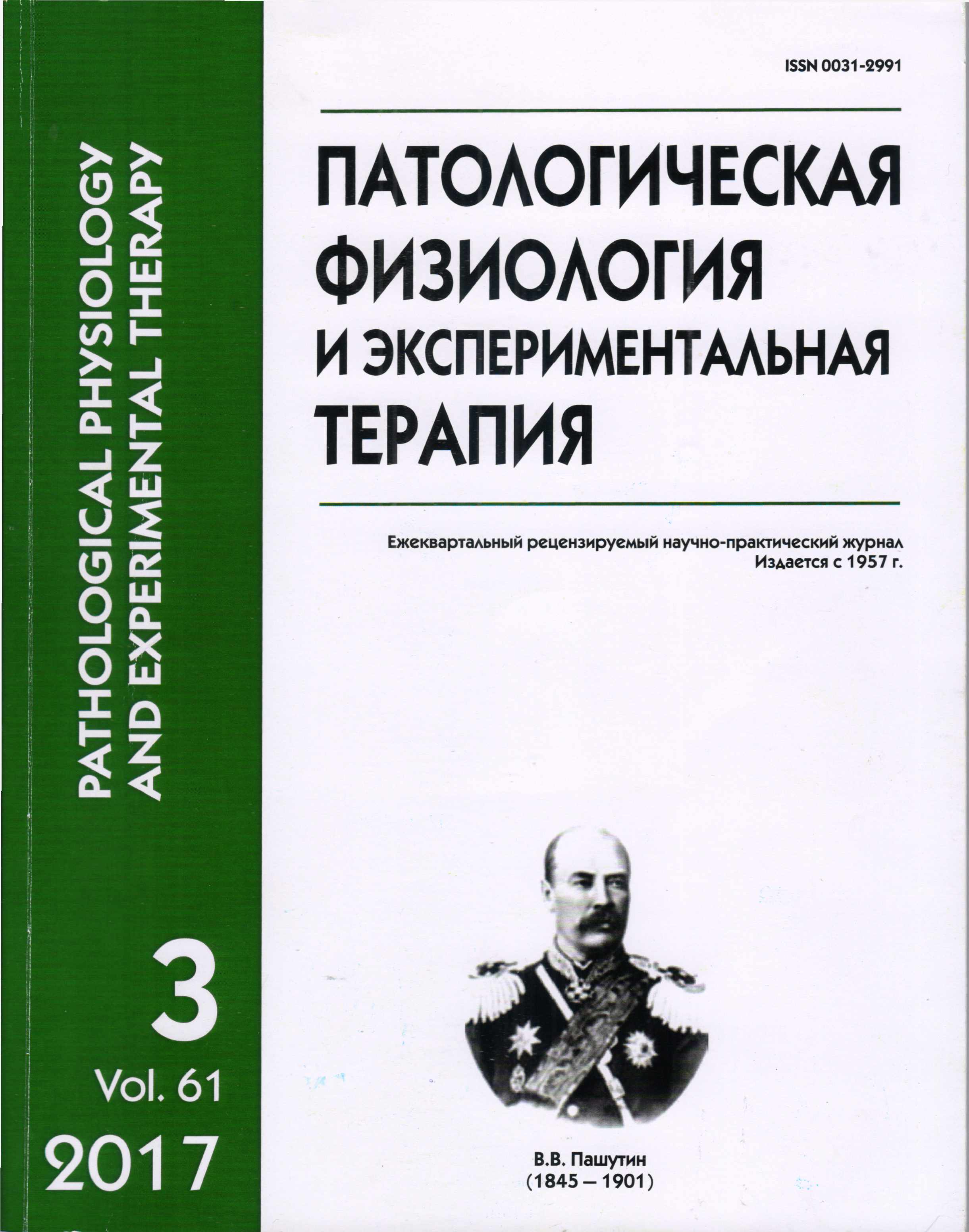The muscle fatigue of external anal sphincter in patients with anal incontinence
Abstract
The article presents materials on the muscle fatigue of the external sphincter in the norm and in patients with anal sphincter failure. The purpose. To determine the dependence of external sphincter fatigue on the presence of anal incontinence and its degree. Methods. 203 patients with complaints of incontinence of various components of intestinal contents were examined (90 male (44.3%), mean age is 44.8 ± 14.7 years, 113 female (55.7%) mean age is 46.4 ± 15.2 years) to determine the dependence of fatigue on the presence of anal incontinence. 53 patients with colon polyps without clinical and instrumental signs of anal incontinence were selected for the determination of normal values. 23 female (43.4%), mean age is 51.4 ± 11.1 years; 30 male (56.6%), mean age is 65.1 ± 15.9 years. For the study, we used the method of complex sphincterometry developed in State Scientific Centre of Coloproctology on the device WPM Solar GI (MMS, The Netherlands) with a nonperfusion water sensor. Results. We have received normal values for external sphincter endurance test. At the same time, there was no correlation between the degree of anal sphincter failure (in terms of pressure in the anal canal) and one of the fatigue parameters (the time of the pressure drop by 50%), most likely because of the post-traumatic nature of anal sphincter failure. We plan to continue studying fatigue with a different genesis of anal incontinence. Conclusion. We plan to continue studying fatigue with a different genesis of anal incontinence.






